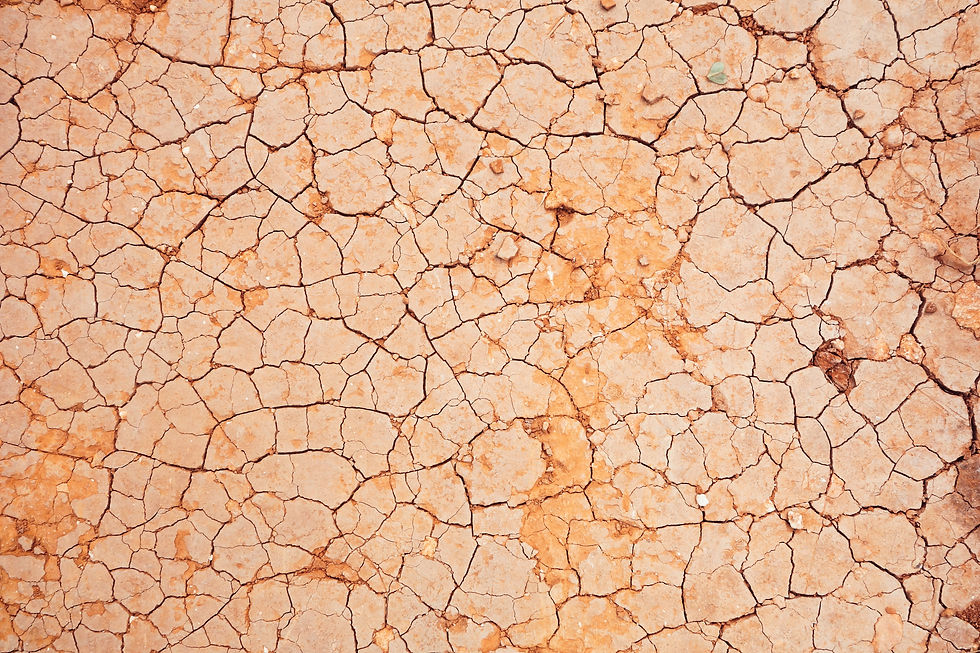Speedy calcium to the rescue for plants
- brittneyborowiec
- Jul 20, 2021
- 3 min read
By: Sonhita Chakraborty, University of Toronto

Remember how Mom would insist on you drinking your milk because the calcium is good for your growing bones? German Nobel Laureate Otto Loewi perhaps said it best when he proclaimed ‘Ja, Kalzium! Das ist alles!’ or ‘Yes, calcium! It is everything!’. Although plant moms do not tell their sprouts to drink their milk, like us, plants rely on calcium to support their growing bodies.
Calcium is especially important for plants! When a plant cell detects something like a harmful bacterium (1), a few things happen….

(2) There is a huge release of calcium from outside the cell or internal storage. This causes a build-up of calcium in the main compartment of the cell.
(3) Calcium binding ‘sensor’ proteins bind to this excess calcium which contains information about the bacterial attack. The sensors interpret the information about the bacterial attack.
(4) These calcium-bound sensors then relay the signal about the attack and turn on the plant’s defenses.

Although calcium is good for our bones and plant stems, too much of it can be quite toxic. So, plants stuff the calcium into little sacs in the cell or keep it outside the cells until it is needed. But not having calcium readily on hand introduces another problem: how to get it to where it needs to be as fast as possible?
As a PhD student at the University of Toronto, I study one group of proteins called Cyclic Nucleotide Gated Ion Channels (CNGCs).

CNGCs are a family of special protein channels that move calcium. Plants have a TON of these channels – my study species Arabidopsis thaliana has at least 20, over 3 times more than animals. Plants use their army of CNGCs for lots of things, including growth and immunity.

I wanted to understand how the CNGC2 channel helps plants grow and defend themselves from diseases. Scientists used to think that CNGC2 was mostly important for the plant immune system. They got this idea because when they grew plants with a broken CNGC2 gene, they noticed that the plants were tiny and were very good at resisting attacks from bad bacteria.

Studies also show that CNGC2 has many roles in growth and development, including in flowering, nutrition, heat tolerance and growth of plant organs. I wanted to figure out if and how CNGC2 is important for proper plant development using the plant hormone auxin.
Plants, like animals, produce hormones. The hormone auxin helps plants grow and develop. Many important movements that plants make, like bending their roots downwards in the direction of gravity or their leaves upward in the direction of light, need both calcium and auxin working together.
My experiments suggest that CNGC2 is not just a calcium channel that is important for immunity as scientists previously thought. I think that CNGC2 is also important for growth and development using the hormone auxin.

In my study, I found that the plants with a broken CNGC2 gene could not properly bend their root downwards in response to gravity. Without a proper CNGC2 channel in these mutants, calcium could not pass through the CNGC2 channel when auxin was around.

All in all, the findings of this paper suggest that CNGC2 is very important for growth and development with the help of both auxin and calcium.

And why is this important? Plants do not have the advanced immune systems of animals. So instead, they need to use signaling components, like calcium. We need to really understand how plants use and move calcium around for plant immunity and growth, so that scientists may breed hardy plants that can withstand the effects of climate change.
Edited by B.G. Borowiec and A.E. McDonald. Header photo adapted by B.G. Borowiec with a stock photo from Wikimedia Commons and illustration by Sonhita Chakraborty. Illustrations by Sonhita Chakraborty.



Comments